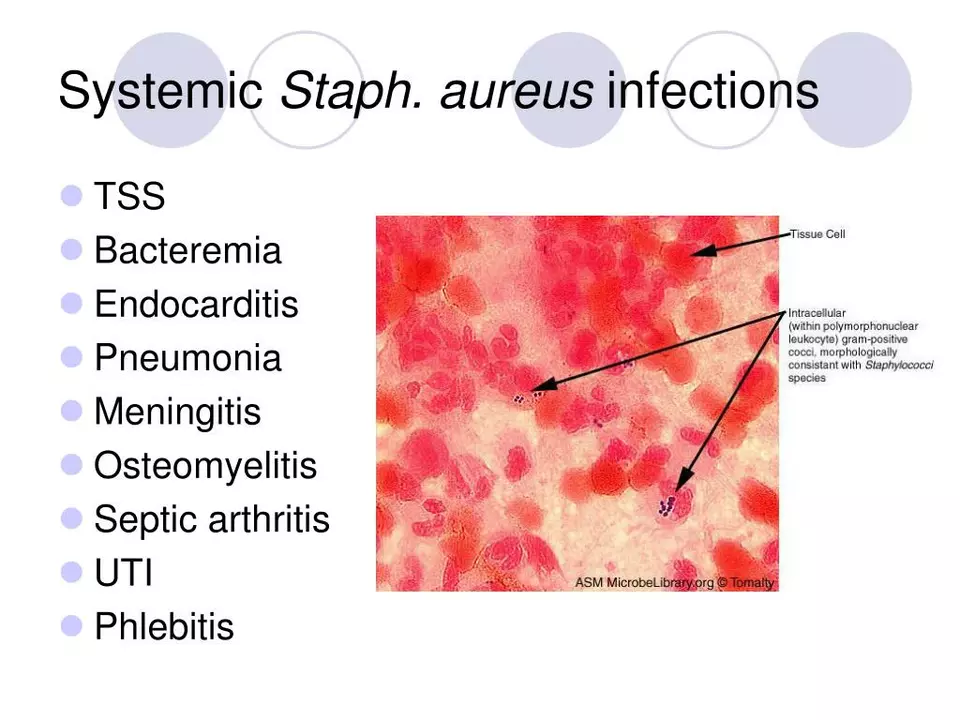Skin infections: quick facts, signs and what to do first
Your skin keeps out germs, but bacteria, fungi, and viruses still get in. Some infections are mild and clear up with simple care. Others need prescription meds. This page helps you spot common skin infections, try safe home steps, and know when to get professional help.
Common types and how they show up
Bacterial infections often look red, warm, swollen, and sometimes painful. Think of cellulitis or infected cuts. Pus, red streaks toward the heart, or fever mean you should see a clinician fast. Impetigo is a contagious bacterial rash that forms honey-colored crusts, mostly in kids.
Fungal infections include athlete’s foot, ringworm, and yeast infections. They usually cause itching, flaking skin, or round scaly patches. Fungi like warm, moist places such as between toes or skin folds.
Viral skin infections include cold sores (herpes) and warts. Viral rashes can blister, burn, or show grouped sores. Some viral rashes come with other symptoms like fever or body aches.
First aid and easy at-home steps
If you get a small cut or scrape, wash it with soap and water. Keep it clean and covered with a dry bandage until healed. For minor bacterial infections, warm compresses for 10–15 minutes several times a day can reduce pain and help drainage. Don’t squeeze or poke pus—use a clean compress and see a doctor if things worsen.
For suspected fungal athletes’ foot or ringworm, try over-the-counter antifungal creams or powders and keep the area dry. Change socks daily and pick breathable footwear. For yeast in skin folds, dry the area well and use the antifungal cream recommended on the box; if it returns quickly, see a provider.
Cold sores respond to antiviral creams started early, and pain relievers can help. Warts can be treated with OTC salicylic acid or removed by a clinician if stubborn.
When to see a doctor: fever with a rash, fast-spreading redness, red streaks, intense pain, new numbness, or a wound that won’t heal. Also seek care if a rash rapidly worsens, you have a weakened immune system, or a child has concerning symptoms.
Prescription options include topical or oral antibiotics for bacterial skin infections, antifungal tablets for widespread fungal disease, and antiviral pills for severe viral outbreaks. A clinician can swab or test the area when diagnosis is unclear.
Prevention is simple: clean cuts, avoid sharing towels, dry skin well after sweating, wear breathable clothing, and treat athlete’s foot early. Keep fingernails short to lower the chance of spreading infections when you scratch.
If you’re unsure what you’re dealing with, a photo-based telehealth visit or an in-person check is often quick and useful. Early treatment usually means a faster recovery and fewer complications.

